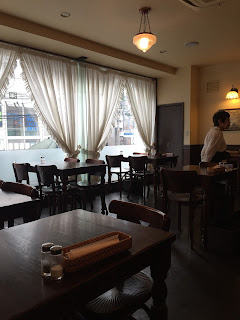Hi! As I explained in the first post I've been reading a
food related book called "Fast Food Nation" in class. I've finally
finished reading it so I would like to write a final report on it.
As I have already explained in the earlier post, “Fast
Food Nation” is a bestseller book written by Eric Scholisser, which points out
the dangers hidden in fast food. It was quite a long book so I would like to pick
up one chapter that I founded the most interesting.
The chapter I found it most interesting was "Why The Fries Tastes Good". In this chapter it explains about the flavor of foods taking fries as an example. The author also visits International Flavors & Fragrances (IFF) which is the largest flavor company in the world. It was very surprising that up to 90% of of tastes depends on food aroma.
Before reading this book I thought this book was just facts about the history of fast foods. However, it was very different from my expectation and actually revealed about its hidden dangers based on what the author has saw through his research. Although it was a bit long for me, I thought it was a really good book that I would like to reccomend people to read.
The chapter I found it most interesting was "Why The Fries Tastes Good". In this chapter it explains about the flavor of foods taking fries as an example. The author also visits International Flavors & Fragrances (IFF) which is the largest flavor company in the world. It was very surprising that up to 90% of of tastes depends on food aroma.
Before reading this book I thought this book was just facts about the history of fast foods. However, it was very different from my expectation and actually revealed about its hidden dangers based on what the author has saw through his research. Although it was a bit long for me, I thought it was a really good book that I would like to reccomend people to read.







